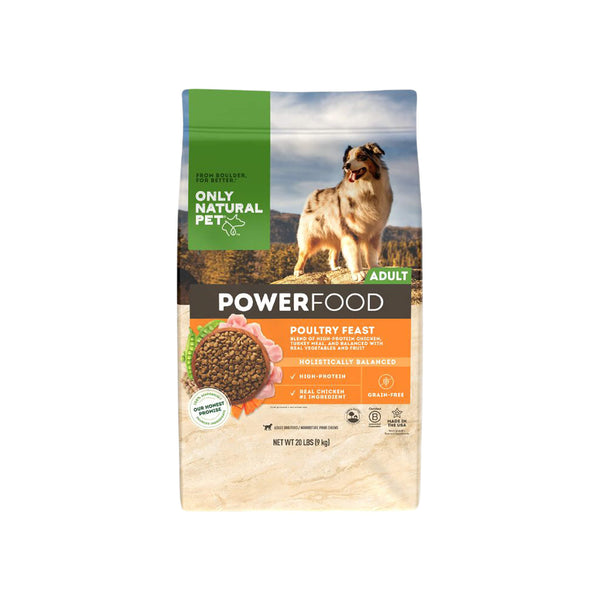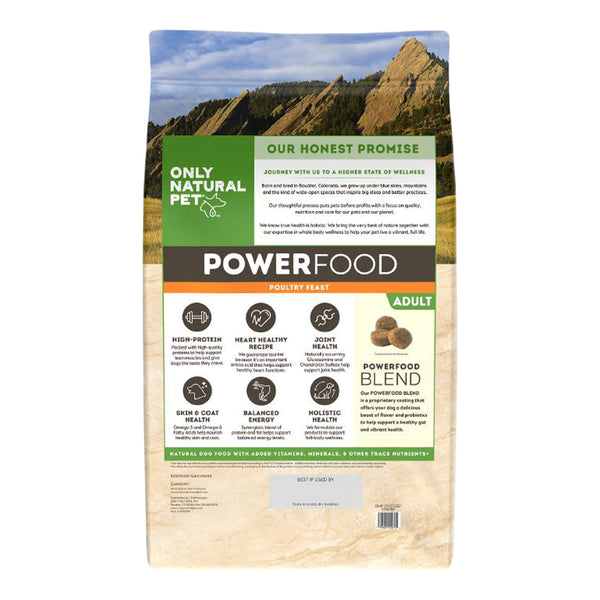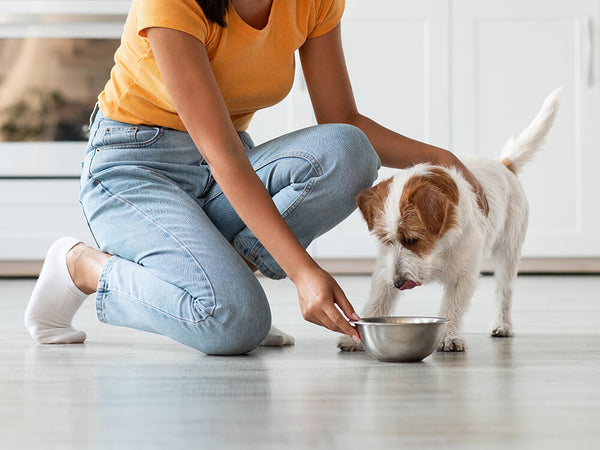When to Transition a Puppy or Kitten to Adult Food (and How to Do It)
Written by: Richard Rowlands
When and how should we transition our puppies and kittens to adult food? With these simple tips you can make the switch as smooth and trouble-free as possible.
Why Make the Switch?
There are actually some significant differences between puppy and kitten foods and adult pet foods. Many high-quality pet food manufacturers adhere to the Association of American Feed Control Officials (AAFCO) guidance around the composition of "puppy" and "kitten" versus "adult" feeds.
AAFCO guidelines require foods sold as "puppy" to have higher proportions of fat, protein, and some specific minerals, including calcium and phosphorus. Similarly, foods sold as "kitten" will also have a higher calorie content and proportionally more fat, protein, and vitamins than adult cat foods.
Switching from Puppy Food
Puppies: One Year Milestone
As a good rule of thumb, puppies can usually start eating adult dog food at around one year old. Puppy foods typically have a higher fat content than adult dog food to provide for high energy demands – pups burn a lot of calories doing all of that growing, learning, and playing!
That’s why it’s best to make the switch once your puppy has finished their first year of supercharged growth. If you switch your puppy to an adult diet, you could risk depriving them of enough food. Leave it too late, and your dog might gain too much weight as they continue eating nutritionally dense food. You might also need to deal with doggy diarrhea if an adult dog is fed rich, fatty puppy food!
80% Rule, 100% Of the Time
Once puppies have reached 80% of their adult size, they’re ready to transition to an adult diet. They’ll reach this size after about a year for most breeds, although smaller breeds (think Dachshunds or Jack Russell Terriers – any dog whose adult weight is typically less than 20lbs) will typically get there aged about nine months.
As breeds increase in size, they’ll take longer to reach 80% of their full size, with the very largest breeds taking up to sixteen months to get there. Additionally, breed size affects not just the portion sizes your dog will need, but also the nutritional composition.
For smaller breeds, transition to a small breed specific formula. For a larger puppy, you'll need a large breed puppy formula that caters specifically to puppies from bigger breeds and will ensure your dog has everything they need from the start.
Don’t Rush!
Once your dog has reached their transition size and age, it’s important to introduce the new diet gradually over a week or two. Start with a mix of 10% adult food and 90% puppy and slowly change the ratio. If your furry family member responds badly to the change in their diet at any point (with an upset stomach, listlessness, or weight loss) you can adjust the mix back in favor of the puppy formula.
Kittens: The Same… but Different
Like puppies, kittens have much higher energy levels. So, the principles of transitioning from kitten food to adult cat food are largely the same: you’ll look to swap diets once your cat is close to their adult size. This is typically at around a year of age, but cats can continue growing for anything up to four years of age.
Larger breeds (Persians or Savannahs, for example) will take longer to reach their full size. To get a rough idea of what your cat’s adult weight should be, weigh them at sixteen weeks and double the number. By weighing your cat every month or so from then you can keep track of their progress.
Life Journey and Feed Transitioning
Your kitty’s life experiences will have some bearing on when to transition to adult food. Cats from a shelter will often be smaller than they should be for their age, as higher-calorie kitten food might not have been available to them. In contrast, kittens which are spayed or neutered earlier in life will grow larger than cats which have the procedure when they’re older.
Here Kitty!
Once you’ve decided it’s time to transition your feline to adult food, the process is very similar to transitioning dogs. Take between 1-2 weeks and begin with a small amount of adult food replacing some of their usual kitten serving. Slowly increase the ratio of adult food and decrease the amount of kitten food, provided your feline friend is adjusting well to the change. Make the change across every mealtime and feed.
Warning Signs
Keep a close eye on your pet during this period to make sure things are going smoothly. A hard, distended stomach, notable change in stool color or consistency, or constipation could all be signs that the new diet isn’t agreeing with your cat; seek professional veterinary advice if you’re concerned.
Appetite for Transition
Cats generally self-regulate reasonably well around the amount they eat. If they’re served too much, they’ll simply leave it until the next time they’re hungry (if it’s still there). And if your furry companion hasn’t had enough to eat, they’ll almost certainly let you know!
Eating a serving of food extremely quickly and then begging for more is a sure-fire sign that they’re still hungry. As long as you’re happy with their weight, you can increase the portion size. Bear in mind that you might need a larger-than-expected portion of adult food if your kitty is particularly active, as – of course – adult feeds are less calorically dense.
























